Grilling enthusiasts understand that mastering different cooking techniques can significantly elevate the flavors and textures of their favorite dishes. Two primary methods, direct and indirect grilling, offer unique approaches to cooking that cater to various types of food and desired outcomes. Let’s delve into the differences, uses, how-tos, and benefits of each technique to help you become a backyard grill master.
Direct Grilling: Sealing in Flavor
What is Direct Grilling? Direct grilling involves cooking food directly over the heat source. It’s characterized by high temperatures and a relatively short cooking time. This method is perfect for foods that cook quickly and benefit from a seared, caramelized exterior while remaining juicy inside.
How to Direct Grill:
- Prepare the Grill: Clean the grill grates and preheat to a high temperature (around 400-450°F for gas grills; high heat for charcoal grills).
- Cooking Process:
- Place the food directly over the heat source.
- Cook with the lid open, flipping as needed, until the desired doneness is achieved.
- Monitor closely to avoid flare-ups and adjust the heat as necessary.
Benefits of Direct Grilling:
- Speed: Foods cook quickly due to the direct heat.
- Flavor: Achieves a delicious sear and caramelization on meats and vegetables.
Best Uses for Direct Grilling: Direct grilling is ideal for foods like steaks, burgers, chicken breasts, vegetables, and seafood—anything that benefits from quick cooking and a flavorful char.
Indirect Grilling: Slow and Tender Cooking
What is Indirect Grilling? Indirect grilling involves cooking food adjacent to, rather than directly over, the heat source. It creates a more gentle, even heat that surrounds the food, mimicking an oven-like environment. This method is perfect for larger cuts of meat, whole poultry, and dishes that require longer cooking times.
How to Indirect Grill:
- Prepare the Grill: For a charcoal grill, arrange coals on one side of the grill and place a drip pan on the other side. For gas grills, light burners on one side only.
- Cooking Process:
- Place the food on the grate opposite the heat source.
- Close the lid to create convection heat and maintain a consistent temperature.
- Use a meat thermometer to monitor doneness and adjust vents to regulate airflow and temperature.
Benefits of Indirect Grilling:
- Even Cooking: Ensures foods cook evenly without direct heat.
- Versatility: Ideal for smoking, roasting, and cooking larger cuts of meat to achieve tender, juicy results.
Best Uses for Indirect Grilling: Indirect grilling is perfect for roasts, whole chickens, ribs, pork shoulder, and other cuts that benefit from slow, indirect heat to break down connective tissues and develop complex flavors.
Choosing the Right Method for Your Meal
The choice between direct and indirect grilling depends on the type of food you're cooking and the results you want to achieve. Direct grilling is excellent for quick-cooking items that benefit from a seared exterior, while indirect grilling is ideal for slower cooking and infusing smoky flavors into larger cuts of meat.
By mastering these grilling techniques, you'll expand your culinary repertoire and impress your family and friends with perfectly grilled dishes every time. Whether you're hosting a backyard barbecue or enjoying a quiet evening grilling dinner, understanding these methods will ensure your food is cooked to perfection.
Now that you've learned about direct and indirect grilling, it's time to fire up your grill and experiment with new recipes. Embrace the flavors, enjoy the process, and savor the delicious results of your grilling expertise!

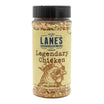
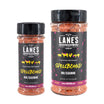
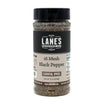
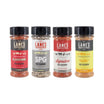

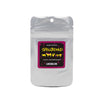
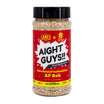
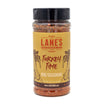
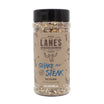
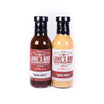
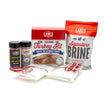

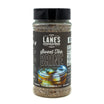
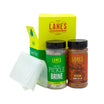
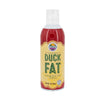
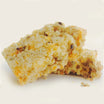
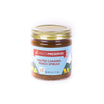







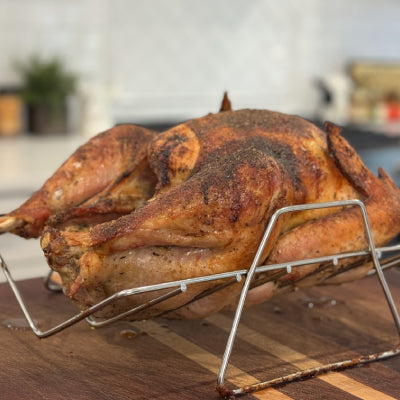
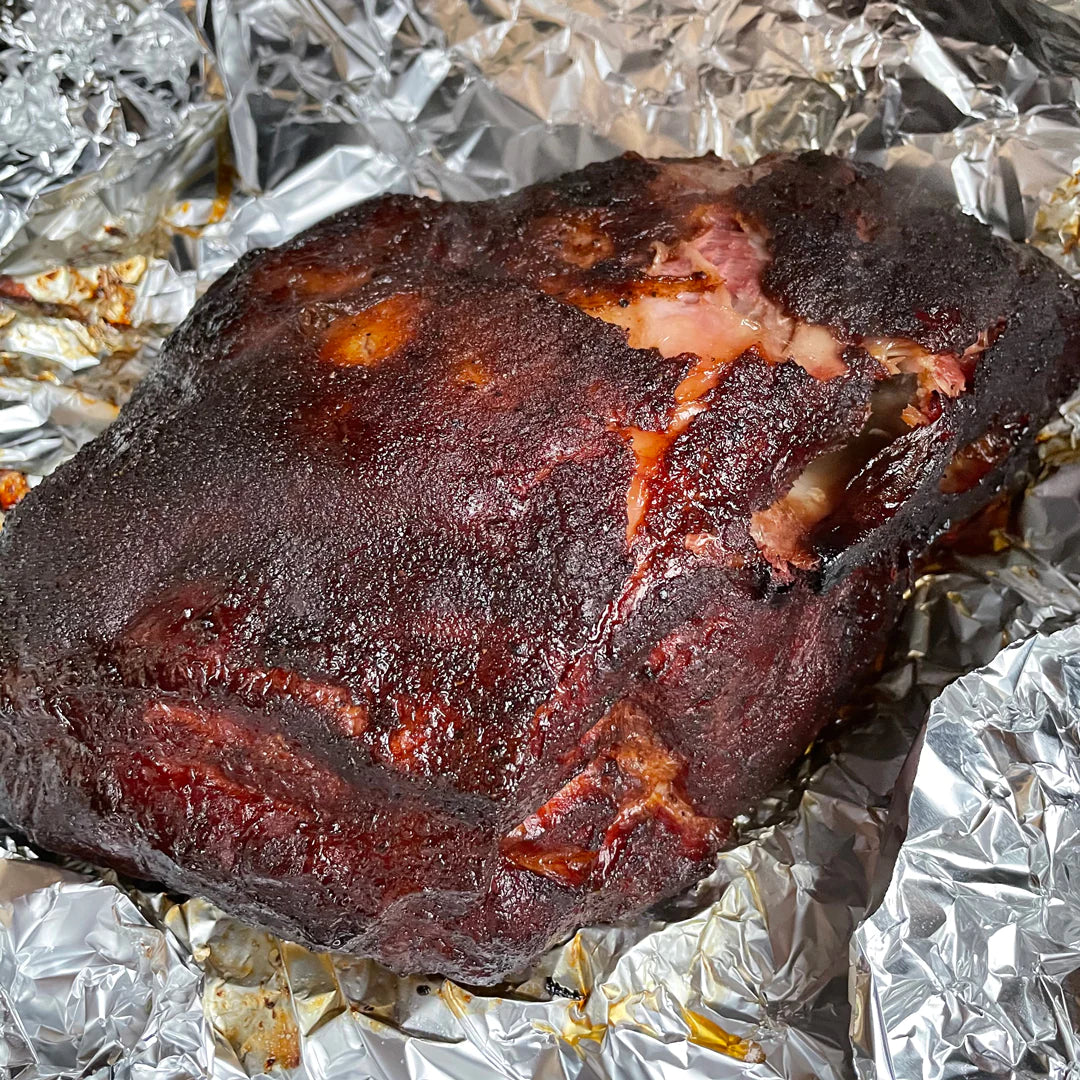


Leave a comment
All comments are moderated before being published.
This site is protected by hCaptcha and the hCaptcha Privacy Policy and Terms of Service apply.